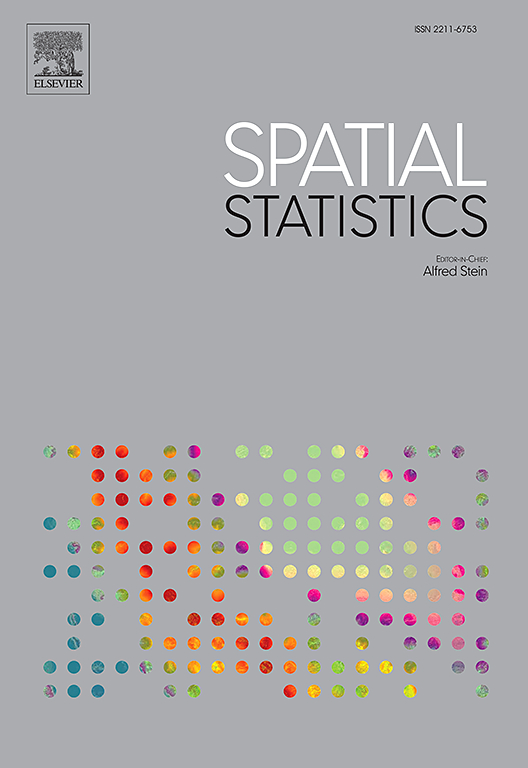Magnitude-weighted goodness-of-fit scores for earthquake forecasting
IF 2.5
2区 数学
Q3 GEOSCIENCES, MULTIDISCIPLINARY
引用次数: 0
Abstract
Current methods for evaluating earthquake forecasts, such as the -test, -test, or log-likelihood score, typically do not disproportionately reward a model for more accurately forecasting the largest events, or disproportionately punish a model for less accurately forecasting the largest events. However, since the largest earthquakes are by far the most destructive and therefore of most interest to practitioners, in many circumstances, a weighted likelihood score may be more useful. Here, we propose various weighted measures, weighting each earthquake by some function of its magnitude, such as potency-weighted log-likelihood, and consider their properties. The proposed methods are applied to a catalog of earthquakes in the Western United States.
地震预报的震级加权拟合优度分数
目前评估地震预报的方法,如n检验、l检验或对数似然评分,通常不会不成比例地奖励更准确预测最大事件的模型,或者不成比例地惩罚预测最大事件不准确的模型。然而,由于最大的地震是迄今为止最具破坏性的,因此从业人员最感兴趣,在许多情况下,加权可能性评分可能更有用。在这里,我们提出了各种加权措施,通过其震级的某些函数对每个地震进行加权,例如势加权对数似然,并考虑它们的性质。所提出的方法应用于美国西部的地震目录。
本文章由计算机程序翻译,如有差异,请以英文原文为准。
求助全文
约1分钟内获得全文
求助全文
来源期刊

Spatial Statistics
GEOSCIENCES, MULTIDISCIPLINARY-MATHEMATICS, INTERDISCIPLINARY APPLICATIONS
CiteScore
4.00
自引率
21.70%
发文量
89
审稿时长
55 days
期刊介绍:
Spatial Statistics publishes articles on the theory and application of spatial and spatio-temporal statistics. It favours manuscripts that present theory generated by new applications, or in which new theory is applied to an important practical case. A purely theoretical study will only rarely be accepted. Pure case studies without methodological development are not acceptable for publication.
Spatial statistics concerns the quantitative analysis of spatial and spatio-temporal data, including their statistical dependencies, accuracy and uncertainties. Methodology for spatial statistics is typically found in probability theory, stochastic modelling and mathematical statistics as well as in information science. Spatial statistics is used in mapping, assessing spatial data quality, sampling design optimisation, modelling of dependence structures, and drawing of valid inference from a limited set of spatio-temporal data.
 求助内容:
求助内容: 应助结果提醒方式:
应助结果提醒方式:


